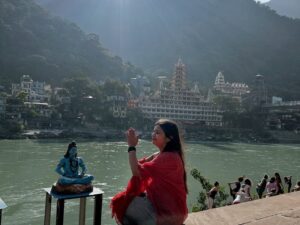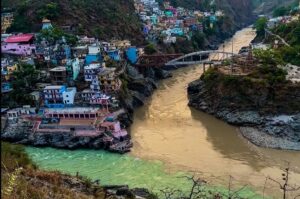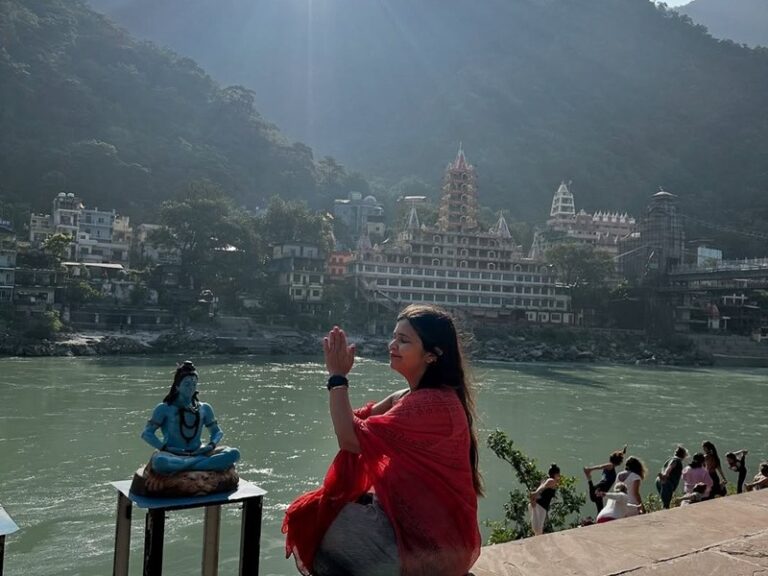Why Abandoned Beatles Ashram in Rishikesh ? Discover Facts and History
The story of how four young men from Liverpool changed music forever is well-known. Less famous, perhaps, is the serene, jungle-clad location in Rishikesh, India, that sparked their most prolific creative period: the Beatles Ashram. Once a vibrant spiritual retreat, this site—officially known as Chaurasi Kutia—now lies beautifully abandoned, offering visitors a unique blend of history, art, and tranquility.
If you’re planning a trip to the Yoga Capital of the World, understanding the legacy and current state of the Abandoned Beatles Ashram is essential. This guide covers its history, its mysterious abandonment, and how you can visit the site today.
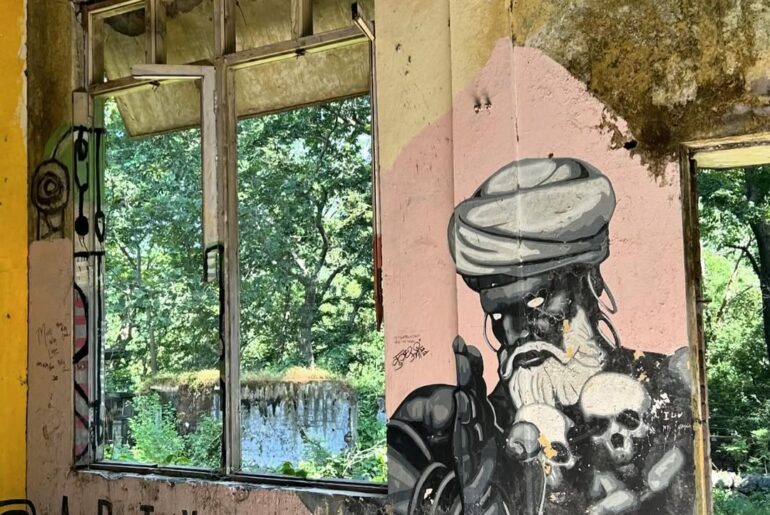
The Golden Age: When the Beatles Met Maharishi Mahesh Yogi
The ashram was run by Maharishi Mahesh Yogi, a famous spiritual guru in India, who passed away in 2008. Paul Saltzman, author of the book ‘The Beatles in Rishikesh,’ states that the band wrote 48 songs during their stay. Furthermore, the land for this ashram was given to the organization by the government on a contract basis in the year 1957.
In 1968, The Beatles (John Lennon, Paul McCartney, George Harrison, and Ringo Starr) traveled to Rishikesh to study Transcendental Meditation (TM) under their guru, Maharishi Mahesh Yogi.
Paul Saltzman, author of the book ‘The Beatles in Rishikesh,’ states that the band wrote 48 songs during their stay. Furthermore, the land for this ashram was given to the organization by the government on a contract basis in the year 1957.
Suggested Read : The Official Revised Beatles Ashram Entry Fees and Timings Guide

The atmosphere was electric. This serene environment provided the perfect escape from the chaotic fame of Beatlemania. During their intensive stay, the band reportedly wrote nearly 48 songs, many of which would form the core of the seminal White Album. The songs captured the quiet contemplation of the ashram, the natural beauty of the surrounding jungle, and the deep introspection they experienced.
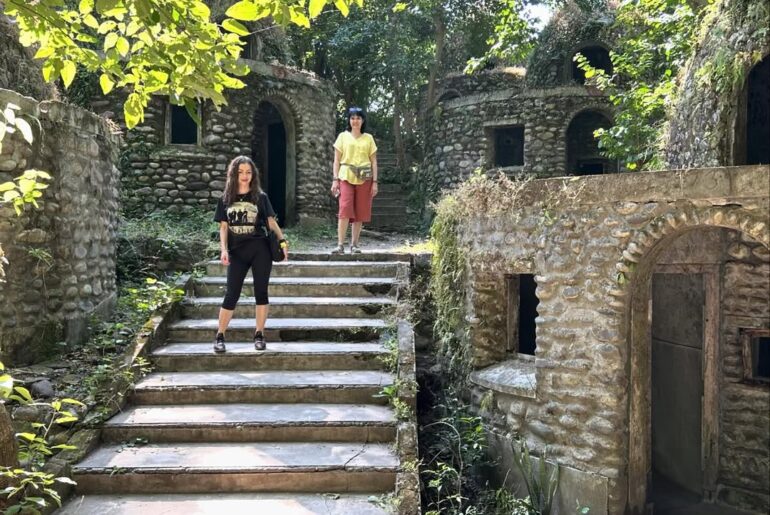
The ashram complex, built on a sprawling 14-acre plot overlooking the Ganges River, featured individual stone huts for meditation, a large lecture hall, and the famous “Beatles Cathedral,” a domed structure used for group meditation.
Band member Ringo Starr returned after only ten days, complaining about the spicy food. Paul McCartney stayed here for one month, while John Lennon and George Harrison left after six weeks
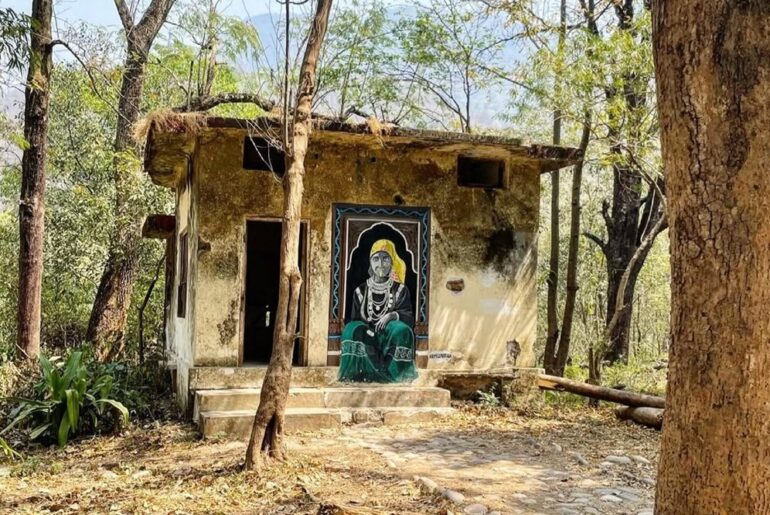
Why Was the Beatles Ashram Abandoned?
The idyllic retreat came to an abrupt end. The relationship between The Beatles and the Maharishi fractured amid personal tensions and disagreements over the Maharishi’s behavior and the financial aspects of the retreat. John Lennon and George Harrison left in a hurry, with Paul McCartney and Ringo Starr departing shortly thereafter.
In 1983, with the formation of Rajaji National Park, and the subsequent expansion of the park boundaries in 1986, Chaurasi Kutia came under the park’s jurisdiction.
Due to strict regulations on tourist movement and the inability to expand resources, Maharishi Mahesh Yogi handed the ashram over to the Forest Department and relocated to the Netherlands.
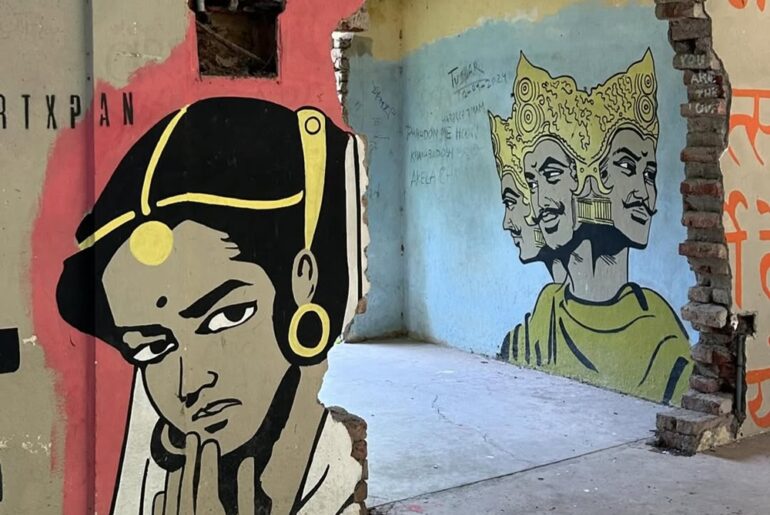
Following this change, public entry to the Chaurasi Kutia area was prohibited. Consequently, the huts and caves fell into disrepair from a lack of maintenance, and the entire complex became desolate.
For decades, the Abandoned Beatles Ashram remained a forgotten, overgrown ruin. However, it gained a new life as an unofficial, semi-secret destination for travelers, who covered the decaying structures with unique graffiti and murals, turning the site into an open-air art gallery celebrating the band’s legacy.

Visiting Chaurasi Kutia Today (Mapple Leaves)
The era of scaling walls and clandestine visits is over. Recognizing its cultural importance, the Forest Department officially reopened the site in 2016, renaming it Mapple Leaves and implementing a small entrance fee to fund its conservation.
What to See at the Ashram:
- The Meditation Huts: Wander through the famed stone cave huts, including the specific one where John Lennon spent much of his time.
- The Graffiti Walls: The most unique feature is the art. Artists from around the world have painted stunning murals, portraits, and quotes, making it a vibrant, ever-evolving canvas dedicated to the band and peace.
- The Maharishi’s House: Explore the larger bungalow where the Maharishi himself resided.
- The Serenity: While no longer a functional spiritual center, the quiet ambiance and views of the surrounding Rajaji Tiger Reserve and the Ganges are profoundly peaceful.
The Beatles Ashram Rishikesh is more than just a ruined building; it is a pilgrimage site where music history intersects with Indian spirituality and natural decay. It’s a must-visit for any traveler, Beatle fan, or history enthusiast seeking the untold stories of the 1960s counterculture movement.
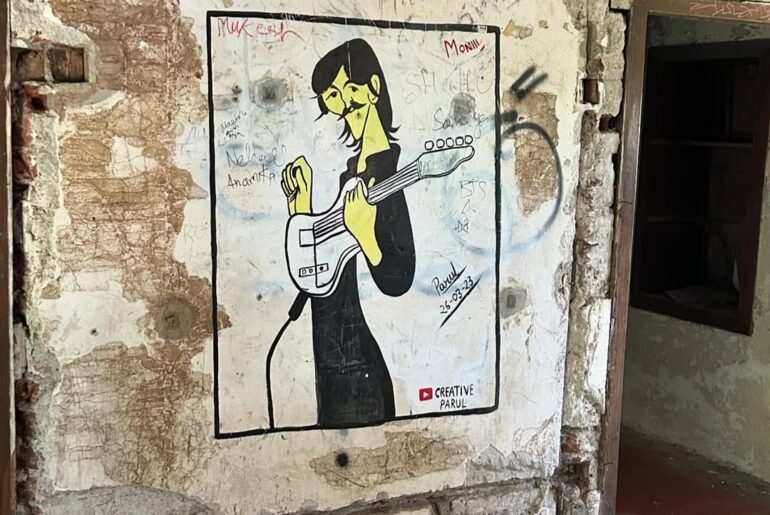
Key Visitor Information:
| Detail | Information |
|---|---|
| Official Name | Maharishi Mahesh Yogi Ashram / Chaurasi Kutia |
| Current Designation | Mapple Leaves Interpretation Centre |
| Location | Swarg Ashram Area, across the Ganges from the main Rishikesh town (best accessed by boat or the Ram Jhula bridge). |
| Best Time to Visit | Early morning to avoid heat and crowds. |
| Visitor Tip | Bring your camera! The light filtering through the trees and the colorful art makes for incredible photos. |
Final Thoughts on the Abandoned Legacy
The Abandoned Beatles Ashram has transitioned from a secretive ruin to a protected heritage site. It stands as a powerful symbol of a moment in time when Eastern spirituality profoundly influenced Western culture, creating a legacy that continues to draw thousands of travelers to the quiet banks of the Ganges in search of their own creative inspiration.
Abandoned Beatles Ashram Abandoned Beatles Ashram Abandoned Beatles Ashram Abandoned Beatles Ashram Abandoned Beatles Ashram


